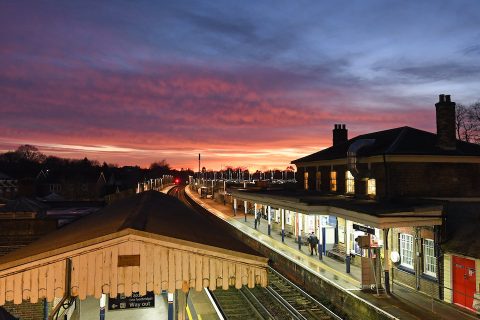What is the state of railway competition in Germany?

“Where does the still unshakable political trust in Deutsche Bahn come from?”, associations Mofair and die Güterbahnen wonder. They recently published a report about the state of competition amongst rail operators in Germany, something they would like to see more of. While in regional transport and freight operations, the share is near and over 50 per cent respectively, long-distance passenger rail remains behind. “The highest track prices in Europe are a huge barrier to entry into the market”, says Martin Becker-Rethmann, President of Mofair.
Want to read more?
You have read all of your free premium articles for this month. Please become a subscriber to keep reading.
Subscribe now!
Take advantage of our exclusive offer to get full access to all premium content.





The denial of cheaper through-ticketing when passengers use a regional train for a section of their travel had posed a big hurdle to DB competitors. Today, the 49-Euro-Deutschlandticket makes an unfair competition for everything but high-speed travel, as it can be used on regional trains also for long distance travel. Cheaper standard fares for regional trains would be more helpful.
Anyway, most of the non-DB long distance travel is probably international, run by neighbor state’s incumbents.
Track access costs for long-distance trains in Germany depend on speed. On the few routes where speeds are about the same as on France’s LGV, costs are even higher.